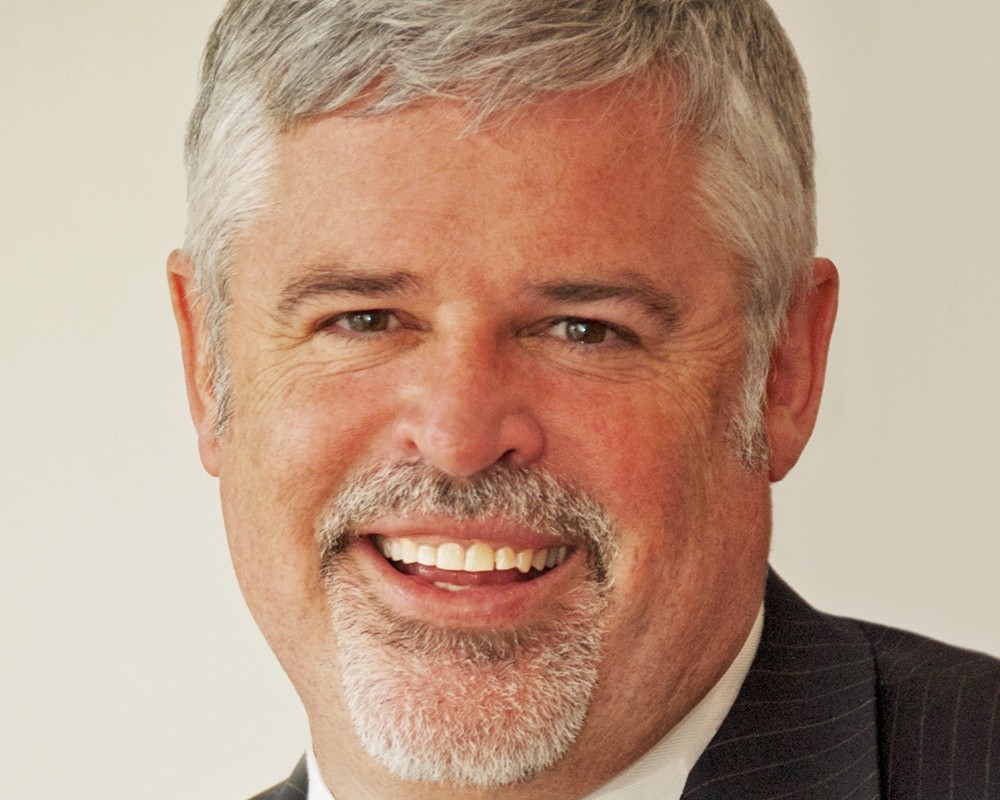After graduating from Cornell University, Anne Loehr managed and owned international, eco-friendly hotels and safari companies for over 13 years. Frustrated that she couldn’t find top-quality team development programs for her 500 employees, Anne honed these skills herself by creating her own dynamic leadership and management development programs.
Since selling her hospitality businesses and becoming a certified executive coach and management consultant, she has been working with diverse organizations such as Facebook, AstraZeneca, Morgan Stanley Smith Barney, American Red Cross, Booz Allen Hamilton, John Hancock, Coca-Cola, the White House Fellows Program and P&G to consistently help organizational teams improve their communications and deepen their working relationships. The impact? Creative collaboration, improved employee retention and increased sales.
Named the “Generational Guru” by The Washington Post, Anne’s work has been featured in Newsweek International, The Washington Post, The New York Times, Huffington Post, National Geographic Traveler, Washingtonian and CNN Money. Anne speaks regularly at national conferences and on the radio. She writes for Fast Company and the Huffington Post; she also a faculty member of the American Management Association, teaching leadership courses around the country.
Anne co-founded Safaris for the Soul, international leadership retreats that help senior managers find their organizational values and purpose. Her first book, A Manager’s Guide to Coaching: Simple and Effective Ways to Get the Best Out of Your Employees was published by the American Management Association. Her 2nd book, Managing the Unmanageable: How to Motivate Even the Most Unruly Employee, was published by Career Press.





